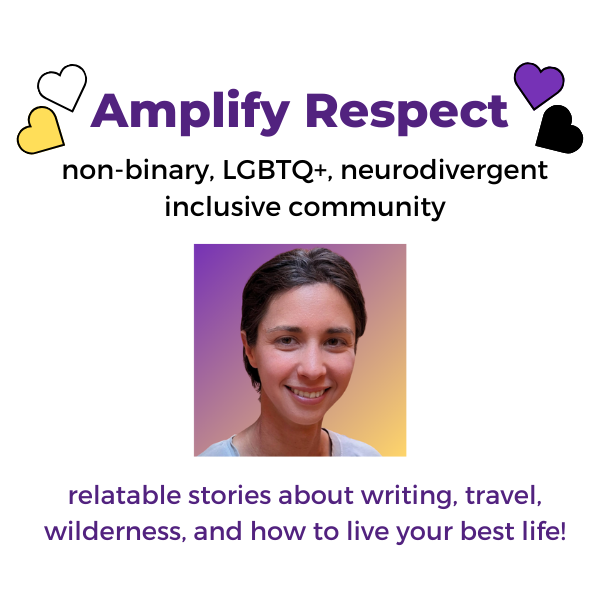Pitching is a simple exercise — asking an editor if they’d like to commission your work — but it can be incredibly nerve-racking. I learn well from templates, so I’ll include a rough outline in this post, but first, a couple guidelines.
Hi, I’m Rey, a nonbinary writer! Please subscribe for more stories and resources:
Editors are real people, who receive more emails for their job than you can comprehend. So keep your pitch short. A busy editor does not want to read more than a couple of brief paragraphs. Even if you are very knowledgeable about your topic, or have done a lot of research, only share the bare bones teaser.
If you genuinely admire the publication or the editor’s work, it doesn’t hurt to start your email with a compliment. Again, keep it short. “I loved your recent feature on [something interesting].”
If the editor called for pitches on Twitter, you can mention how you got their contact information so it’s less of a cold email. “I saw your tweet asking for pitches and wanted to reach out.”
Use the editor’s first and last name instead of an honorific like Ms., Mr., Dr., or Mx. Honorifics are hard to get right and using the editor’s full name is formal without as much chance for error or offense.
If you don’t know the editor’s name, spend a few minutes on Google and on Twitter trying to determine who works at the publication you are pitching. Pitches are far more effective when sent directly to the correct person. If you really have no idea who will be reading your message, you can address it “Hello!” or “Dear [publication] editorial team,” but be warned this is not as good as sending to an individual.
Alright, we made it through the guidelines, so here’s my example pitch template:
Dear [First and Last Name of editor],
I love [your publication] because [I appreciate your advocacy for LGBT rights]. Please consider an essay on [topic, taking a sentence or two to describe your angle]. I will draw from [experience] and can interview [people I’ve talked to].
My work is published in [link to a couple pieces, if you have them]. You can find me at [reywrites.com].
Thanks very much for your consideration,
Rey Katz
Obviously this template should be customized to your proposed project.

Let’s dig into the difference between proposing a topic and a good, focused pitch with an angle. This is one of the most important but most difficult parts of coming up with a marketable idea.
Sometimes editors will ask for freelancers to reach out with their areas of expertise. In this case, you can list the topics you write about, such as “transgender rights, nonbinary gender identity, nature and science, and martial arts.” But any one of these topics is not enough for a pitch. I can’t pitch “Please consider an essay on trans rights,” because that’s way too general. I would be expecting the editor to invent my specific essay if I sent that pitch.
A specific angle could be, “Please consider an essay on how recent abortion restrictions in the United States affect me, a nonbinary queer person with gender dysphoria at the idea of having a child.” The topic got a lot more specific. The timing got a lot more relevant to today’s news. And the angle is specific to my experience, not that of most other writers.
When you start sending out pitches, you’re going to get a lot of no’s, but, if you get it right, it will be surprisingly easy to get a yes. Getting it right means sending a good pitch to the right publication, at a time when they are looking for writers. Don’t worry too much about taking up space in an editor’s crowded inbox. If you’re trying in good faith to suggest something they may want to accept, I think editors want to see your messages, even if they say no (or simply don’t respond).
The Open Notebook maintains an excellent pitch database with over 200 examples of successful pitches. It’s extremely helpful to see pitches that worked from other writers.
Most of what I learned about pitching, I learned from the online class Pitch Like a Honey Badger. It’s an asynchronous course held a few times per year, in which you receive feedback and writing advice from your instructors and classmates to improve your pitch ideas. I’d highly recommend this class if you have the opportunity. The organization does offer scholarships if cost is a concern.
Pitching can be scary, but it’s the best way to know if an editor is interested in your piece, before you write the whole thing. An editor may wish to work with you on the details of your idea, or propose a different angle. My favorite part of pitching an idea is having the great opportunity to work with an industry professional to refine my idea, if I get lucky with an acceptance. I wish you the best of luck with your pitches!

